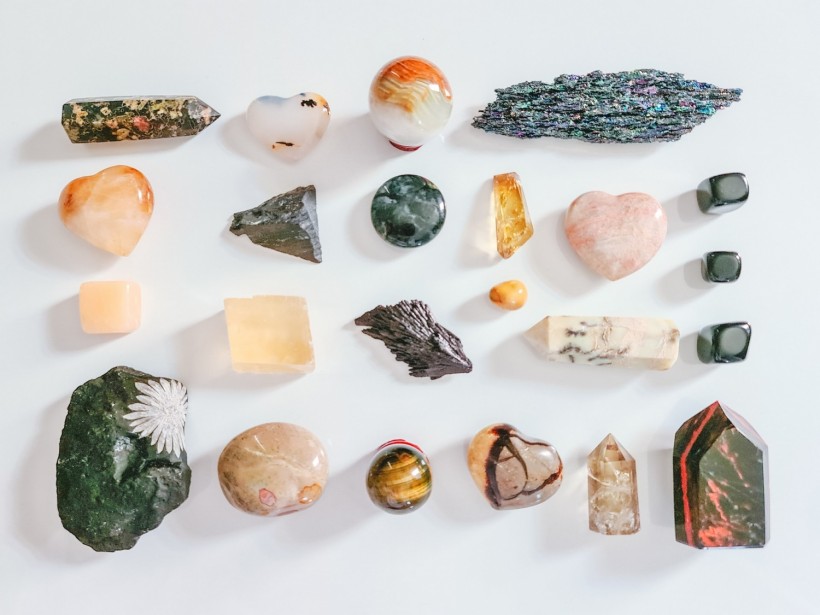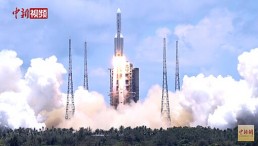Rare earths are not, despite their name, rare. Indeed, they occur in great abundance across the world. However, the economics of how rare earths are produced means that in the last few decades, China has come to utterly dominate the market, producing 80% of the world's rare earth's. This is a concern because rare earths are a vital part of the modern economy, underpinning technologies such as semiconductors, magnets, high-performance lasers, and optics. The need to diversify away from China and find alternative sources of rare earths has made rare earth recycling an important part of solving the supply issues plaguing the United States and the European Union.
What are Rare Earths?
According to the U.S. Geological Survey, the main economic sources of rare earths are bastnasite, monazite, loparite, and lateritic ion-adsorption clays. Rare earths are a group of 17 elements made up of scandium, yttrium, and the lanthanides. Due to their properties, which enhance the physical and magnetic properties of other materials, rare earths are fundamental to just about some of the most important technologies in the world.
Why Are Countries Recycling
Rare earths are impossible to mine profitably using chemical processes that do not harm the environment. In order to protect the environment, Western governments have enacted a number of measures that compel miners to mine rare earths in environmentally friendly ways. Over the last few decades, the result has been that production has shifted to China, which does not have the same environmental standards. Over the last decade-and-a-half, as relations with China have worsened and the prospect of war has risen, and China, pursuing its own industrialization, has initiated export quotas, Western governments have worked to find solutions to their dependence on China. Japan, for insistence, was able to reduce imports from 90% to 58%. The European Union has, since 2008, classed rare earths as critical materials, and made recycling part of its strategy to combat China-dependence.
How Recycling is Going
It's not known how much rare earths are present in existing products, so we have not been able to quantify the impact of recycling. In Europe, efforts are underway to classify electronic and electrical waste, where we largely get secondary rare earths.
Recycling rare earths also has a very positive impact on the environment, something which we love as we are always looking for ideas where the benefits are pretty clear. Rare earth mining can be devastating to the environment. Mining means extracting large volumes of rock, and, in CHina, treating the ore with hazardous chemicals. Miners often dump the wastewater, which often has radioactive waste, in nature, polluting natural water sources.
The Democratic Republic of the Congo (DRC), another major producer, has witnessed horrific environmental and social consequences from mining rare earths. For instance, getting just a kilogram (kg) of lutetium, demands the extraction of 1,200 tons of rock. Typically, miners simply conduct strip mining, denuding the earth to get to the ore. So the benefit of recycling is that, not only does it reduce dependence on China, it also reduces the environmental impact from rare earths.
* This is a contributed article and this content does not necessarily represent the views of sciencetimes.com














!['Cosmic Glitch' in Einstein's Theory of General Relativity Could Be Explained in This New Scientific Tweak [Study]](https://1721181113.rsc.cdn77.org/data/thumbs/full/53435/258/146/50/40/cosmic-glitch-in-einsteins-theory-of-general-relativity-could-be-explained-in-this-new-scientific-tweak-study.jpeg)
